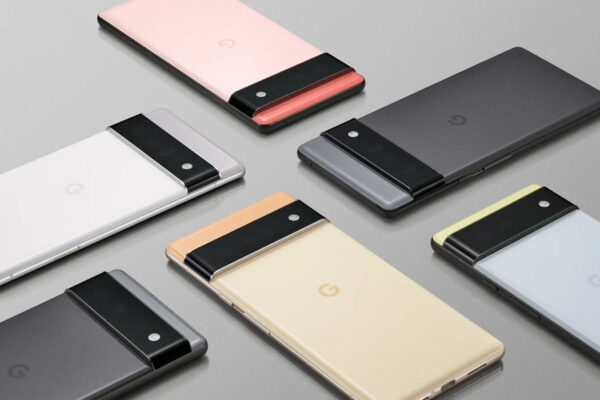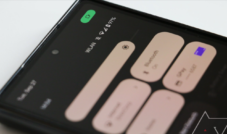
It was a quite controversial movement for both users and some government regulators, but the tendency to eliminate the brick loading of smart phone boxes could become standard. Apple started it, and Samsung followed his example after making fun of him. Google will soon be the following, apparently, since the company made it publicly know that Pixel 6 will not be sent with a charger, for the same equal reasons and, sometimes, their peers have been pressing since last year.
There are two main aspects for the decision of manufacturers to leave the charger that was sent with smartphones. The least obvious but more understandable reason is to maintain prices down, even for a bit. Reducing what is sent in the box, which could reduce the size of the box itself, and reduce the need to produce so many chargers, since smartphones also reduce the overall cost.
And then, there are the environmental reasons that these companies are presenting as the main cause of change in management. Supposedly reduces electronic waste, but its effects are more difficult to quantify, especially given how the new practice is. Some countries have even forced Apple to include a charger in the iPhone 12 or fines boxes.
While it is true that almost everyone has a USB charger these days, the situation is not so white and negative. In addition to the differences in ports and departure, some phones also have proprietary fast-loading technologies that will require specific chargers to use. There is a possibility that the cost of chargers and electronic waste will be downloaded to third-party manufacturers.
Regardless of that context, you probably do not stop Google from the sending of the pixel 6 and pixel 6 Pro without chargers. With three main brands of smartphones (four, if they include Xiaomi) on that train, this practice of ditch chargers could soon become the de facto standard. Of course, that will not prevent manufacturers from advertising new fast-loading technologies, in which case it will definitely end up buying a separate charger anyway.





